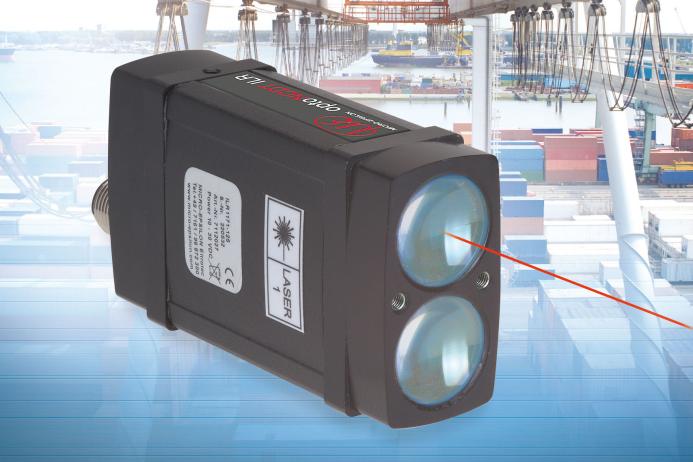Micro-Epsilon introduce new laser distance sensor
New optoNCDT ILR1171-125 measures up to 270m with measuring frequency of 40kHz
PRECISION sensor suppliers Micro-Epsilon have introduced a non-contact laser distance sensor that measures distances up to 270m with a resolution of 1mm. The sensor measures reliably even on difficult surfaces such as dark, structured or weakly reflecting objects. Without any special adaptations to the target, the sensor has a range of up to 125m. Adding a reflector to the target extends the measuring range to 270m.
Designed primarily for outdoor use, the new optoNCDT ILR1171-125 laser distance sensor measures 20 times faster and is more cost-effective than its predecessor, the optoNCDT ILR1191. Due to the time-of-flight principle, a larger infrared laser measurement spot and a measuring rate of up to 40kHz, high-energy pulses are achieved, allowing stable measurements with very good signal quality. Even in poor visibility conditions such as smoke, fog, steam and rain, the sensor provides accurate measurements. The sensor is resistant to ambient light up to 50,000 lux.
Protected by a robust IP67 die-cast aluminium housing, the optoNCDT ILR1171-125 is suitable for a wide range of applications, from transport, logistics and conveyor systems, to the monitoring of buildings, cranes and wind turbines. The sensor can be used in ambient temperatures from –20°C to +60°C.
In terms of its technical performance, the sensor provides repeatability of <25mm, resolution of 1mm and linearity of <±60mm, resulting in stable measurements and good signal quality. The sensor’s small footprint (25mm x 46mm x 81mm) and weight (140g) allows it to be easily installed in narrow or restricted spaces.
The optoNCDT ILR1171-125 can measure on static and dynamic targets and is easy to integrate into existing systems. The sensor provides continuous measurement output via a 16-bit, scalable, 4-20mA analogue output or via RS232/422 serial communication. Two digital switch outputs are available for simple process monitoring and a trigger input provides opportunities to control when the sensor takes a reading.




